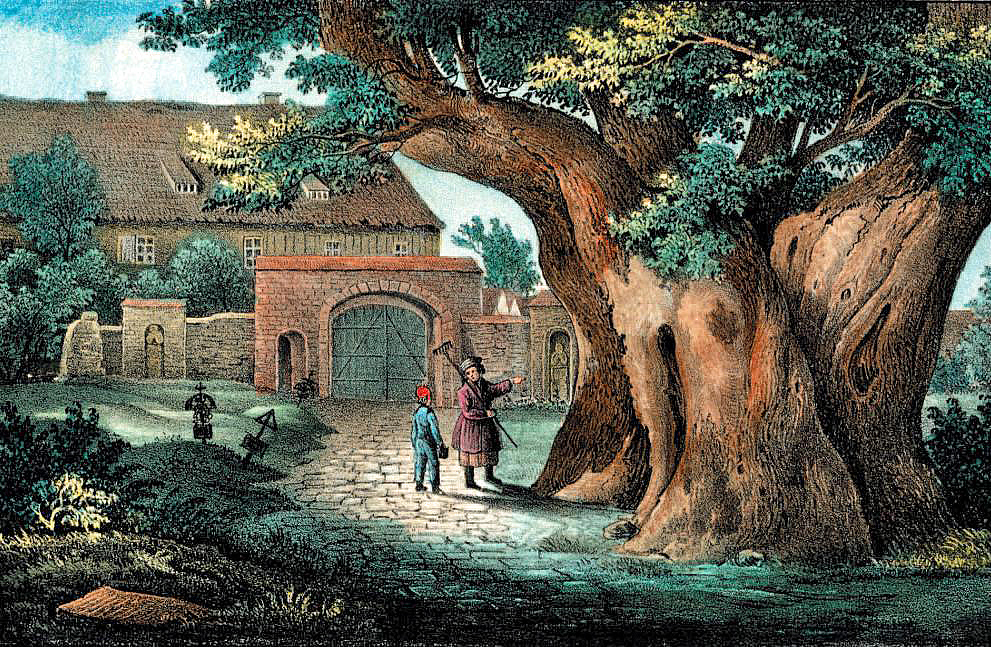Under the Shade of the Lipa
23.8.2018 | Fiona Thompson
Slovenians are proud of their national flag. When the country became independent in 1991 there was much discussion about how it should look but the eventual design depicts a stylised Mount Triglav—Slovenia’s highest mountain, the Drava and Sava rivers, and three stars which represent the Counts of Celje. But did you know that many Slovenian people wanted the flag to depict a linden leaf?
The linden tree (many English speakers know it as the lime tree, though not the citrus variety!) has long had an emotional attachment for Slovenians. The Slovene name is »lipa« and »Pri lipi« is a common name for village inns. And Slovenia’s pre-euro currency, the tolar, was divided into 100 lipa.

In the past every village had linden trees and the people of the village would gather under the widest, shadiest tree to discuss important local matters and take collective decisions. Many linden trees had been planted to mark victories in important battles against the invading Turks. Perhaps the most famous is the Najevnik Linden in Koroška. It is not only one of the oldest trees in Slovenia, but it is thought to be the one with the thickest trunk, with a circumference of around ten metres!
In the 1980s when a strong Slovenian identity was starting to emerge again, the first steps on the path to independence, the linden leaf was used as a symbol that encapsulated »Slovenianness«. And the Najevnik Linden still has an important place in Slovenian customs. At the beginning of each summer, leading politicians meet under the tree as part of a special commemoration.
So, next time you walk through an avenue of lipa, you’ll know why Slovenians reserve a special place in their hearts for this mighty tree.











